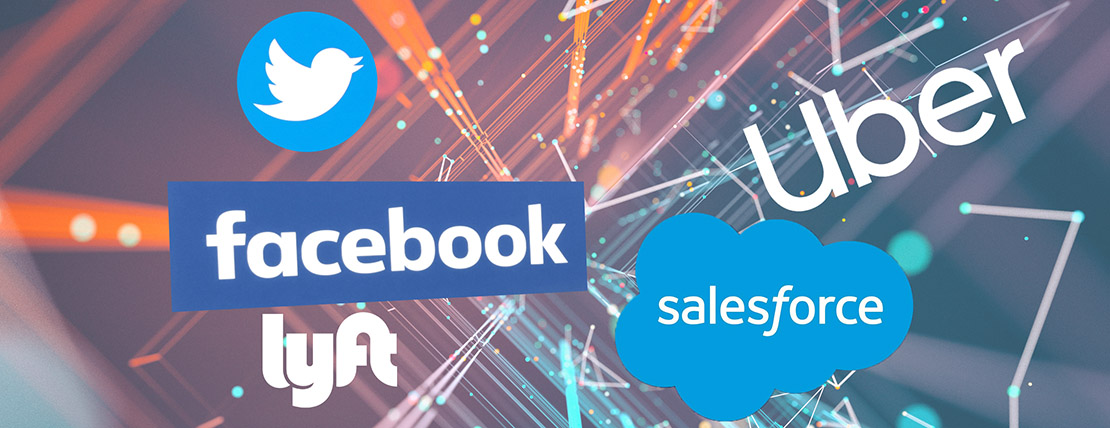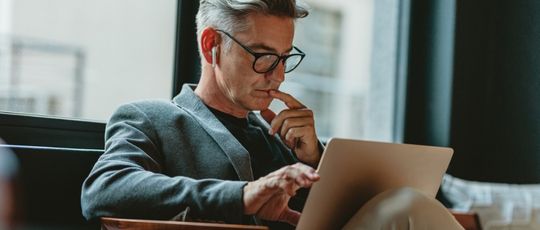- Preparing for a recession. Many tech companies like Twitter and Meta have made drastic cuts to their workforces to reduce labor costs.
- Shifting focus. From currency fluctuations to supply chain issues, organizations are now taking a closer look at every dollar they’re spending. As a result, the focus quickly moves to downsizing and restructuring to improve productivity.
- Pros and cons. Layoffs may look good on paper in the short term, because they result in immediate cost savings, but from a long-term perspective, organizations may not account for the cost of having to hire and train new employees when the company moves back into growth mode.
Days after Elon Musk, the new owner of Twitter, announced the company was laying off half of its workforce, Facebook parent Meta said it had plans to cut more than 11,000 workers, or 13% of staff.
Both announcements are just the latest to make the rounds of mass layoffs and hiring freezes occurring at tech companies. Recently, Lyft said it was cutting 13% of staff, or nearly 700 jobs, to reduce costs. Meanwhile, Salesforce laid off hundreds of employees on Monday, Amazon.com Inc. told employees it was pausing corporate hiring and payments startup Stripe Inc. said that it was laying off about 14% of its employees.
So, what could be the explanation for these mass layoffs and hiring freezes?
According to Justin Sun, a compensation business partner, the threat of a recession and inflation have caused consumers to reevaluate their spending, and as companies forecast lower earnings, the fastest way to maintain profitability is to cut labor costs.
“When a business appears to be performing well and in a hiring spree to keep up with growth, workforce planning inefficiencies can be difficult to spot,” he said. “But when the business is struggling, the focus quickly becomes on downsizing and restructuring to improve productivity. The unprecedented macroenvironment — from currency fluctuations to supply chain issues — are causing organizations to take a closer look at every dollar they’re spending.
Meta CEO Mark Zuckerberg took accountability for the forthcoming layoffs in his memo to employees, stating that he made the decision to increase investments at the start of COVID, but unfortunately, they did not play out the way he expected.
“Not only has online commerce returned to prior trends, but the macroeconomic downturn, increased competition, and ads signal loss have caused our revenue to be much lower than I’d expected. I got this wrong, and I take responsibility for that,” he wrote.
Tech companies that rely heavily on advertising on their platforms have reduced their workforce to align headcount with anticipated consumer demand, said Sun.
“Furthermore, employees working in high tech are typically paid higher salaries with more generous benefits like free food than those in industries like retail and hospitality where profit margins tend to be thinner, and more rigor around labor spend is needed to ensure profitability,” he said. “Companies that haven’t had to be as scrupulous about compensation costs when the business was doing well are now having to be more thoughtful about how they prioritize resources.”
Sun also shared that layoffs may look good on paper in the short term, because they result in immediate cost savings, but from a long-term perspective, however, organizations may not account for the cost of having to hire and train new employees when the company moves back into growth mode.
“Organizations may experience lower sales from having fewer staff available to assist customers, and quality of customer service could suffer from remaining employees feeling stretched thin and overworked,” he said. “Those who aren’t affected by workforce reductions may experience reduced productivity and innovation if their focus centered on job security rather than on delivering business results.
Sun added that it would behoove organizations to handle unavoidable layoffs in a tactful manner, noting that providing generous severance or continuing mental health services could benefit them in the long run.
“If employees are treated with utmost empathy and respect during this time of loss, they can end up being your biggest brand advocates even after they’ve left the company,” he said. “Laid off employees, who are typically also customers, can be the best form of free marketing for an organization if they’re leaving with a good taste in their mouth.”
Heading into a possibly leaner 2023, Sun said as organizations scrutinize operating expenses more heavily, they’ll likely implement stronger controls around opening new headcount and evaluate whether it makes sense to backfill open roles.
“Now is an opportunity for companies to reevaluate their operating model and think creatively about how to align resources to the areas of greatest need,” he said.
Editor’s Note: Additional Content
For more information and resources related to this article see the pages below, which offer quick access to all WorldatWork content on these topics:







